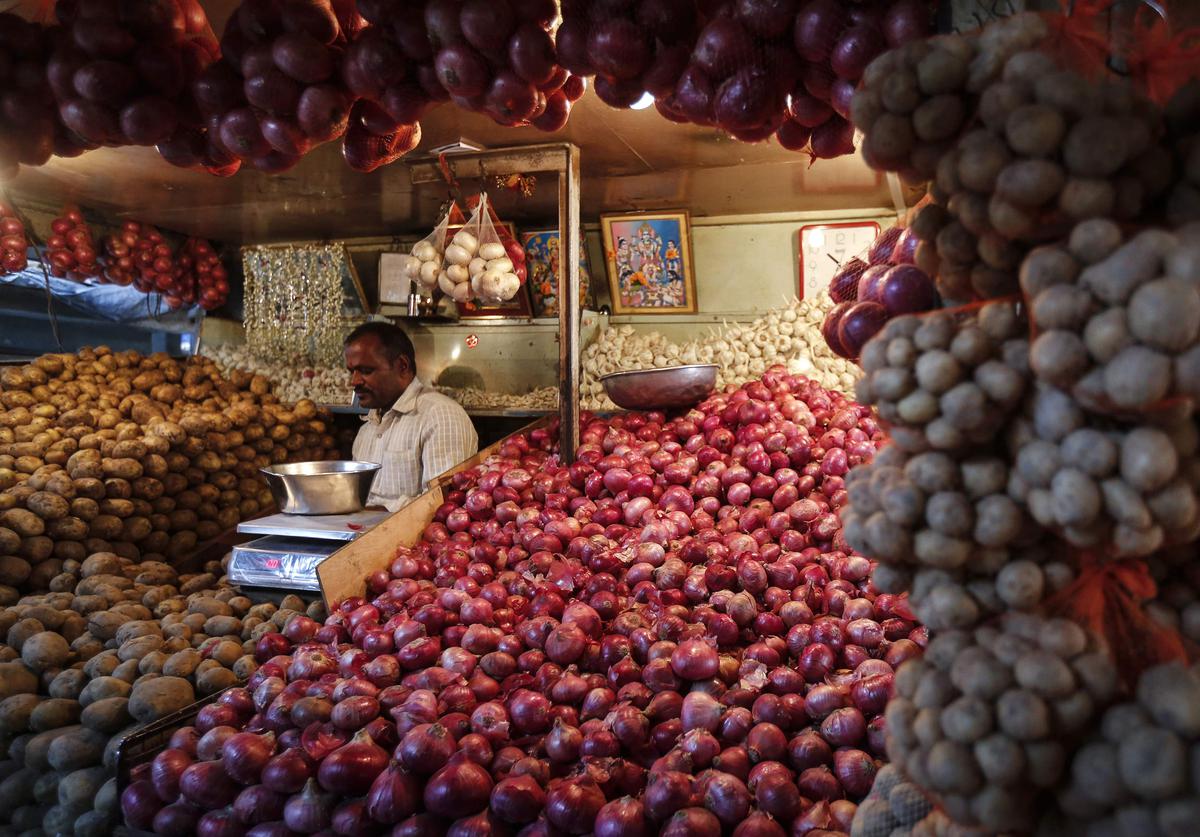Based on the long-term positive outlook for the Indian economy and a strong focus on emerging areas like technical textiles, home furnishings, specialized fabrics, and fashion apparels, the market for Indian textile and apparel manufacturers may reach the $ 350 billion mark by 2030, according to a report.
According to a survey by FICCI-Wazir Advisors, the size of the Indian textile and apparel market in 2022 was estimated to be over $165 billion, comprising $125 billion for the domestic market and $40 billion for exports. The market is expected to reach $ 350 billion by 2030, growing at a 10% CAGR, given the favorable long-term outlook.
The estimated value of the global apparel market in 2022 was $1.7 trillion, and by 2030, it is projected to have grown at a compound annual growth rate (CAGR) of almost 8% to reach $ 2.37 trillion. At a compound annual growth rate (CAGR) of 4%, the global textile and apparel trade was valued at over $910 billion in 2021 and is projected to reach $1.2 trillion by 2030.
“Despite this being an El-Nino year, India’s cotton production is expected to be good though prospects for cotton production in the US are bleak,” says Ashwin Thakkar, Vice President of the Textile Association of India. India may have a wonderful chance to increase its market share abroad with this development.
Export competitiveness, achieving manufacturing excellence, fortifying the textile value chain, adopting sustainable practises and the circular economy, and utilising government programmes are the main factors that will allow the aim to be met, according to the FICCI-Wazir Advisors research. It also places a strong emphasis on people and skill development, beginning to use free trade agreements to access new markets, developing capabilities and building capacities in the fields of technical and synthetic textiles, and implementing international best practices for manufacturing excellence. Automation and digitalization are also emphasized as ways to improve processes and efficiency levels.
Speaking about the difficulties facing the sector, Thakkar stated, “We are too reliant on other nations for high-performance and high-speciality fibres.” To lessen our reliance on imports and to be able to export such goods to other nations, we must begin producing them domestically.

